Guests explore ocean life at LSC After Dark: Under the Sea
LSC After Dark is more than just a party. Our monthly event series for guests 21 and over also provides visitors with amazing educational experiences and unforgettable demonstrations in science and technology.
Take, for instance, our most recent LSC After Dark event: Under the Sea. On Thursday, March 21st, guests filled the building for an underwater adventure, where they learned all about the surprisingly vast world within our oceans, and the importance of keeping our planet clean.
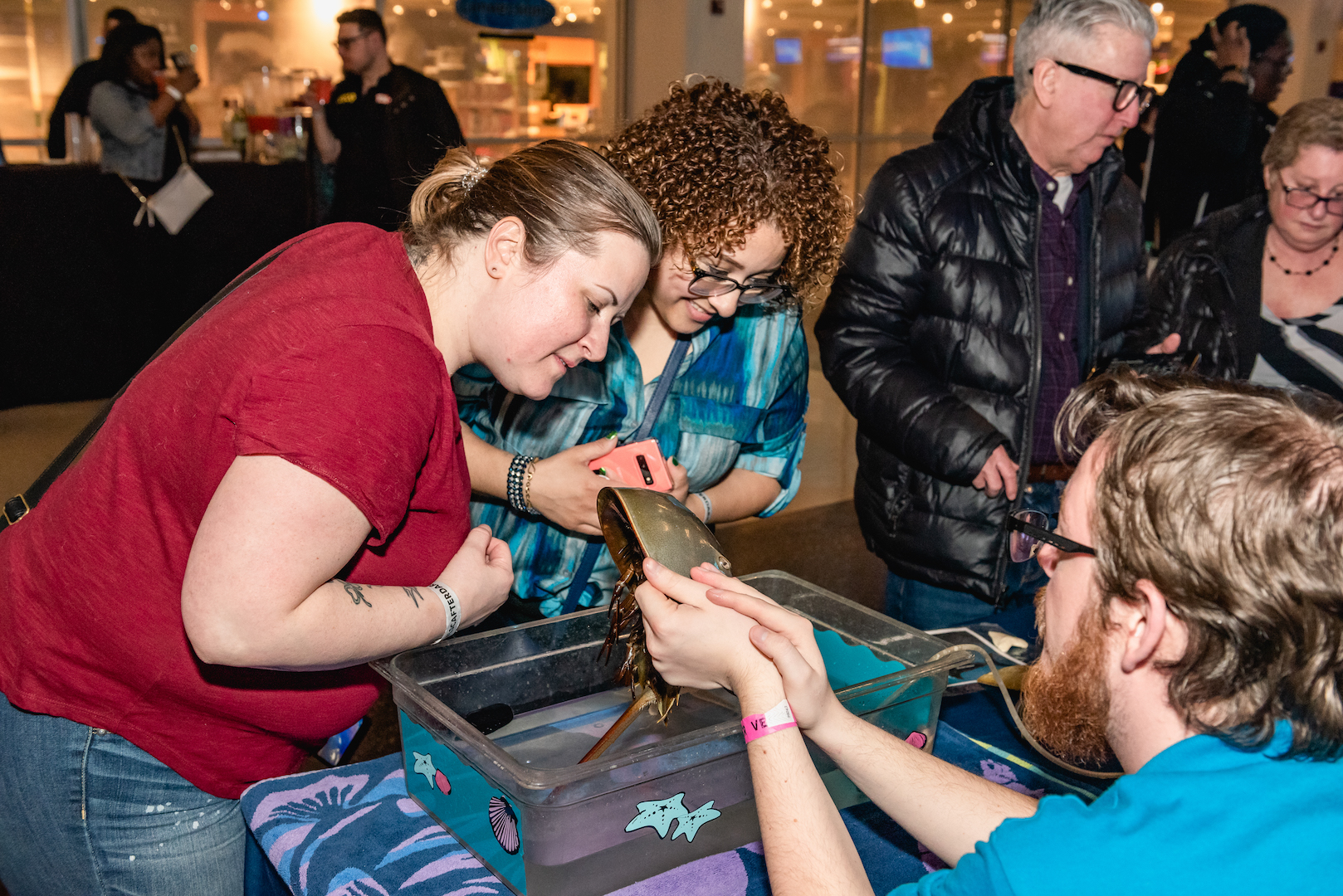
“This event is important because there is so much discovered and undiscovered life in the oceans that we need to preserve for generations to come,” said Fairview resident Kayla Paz. “We need to teach our future generations how important that is.”
Bayonne resident Latoya Walker agreed. “An event like this matters because, when it comes to protecting our planet, people don’t realize they can help with the small things they do at home. They probably think they have to join an organization, but this event helps bring awareness that we can all help out in small ways, like not using plastic straws.”
Here’s a look at some of the amazing experiences guests had at LSC After Dark: Under the Sea:
Meeting Buttercup the Chain Catshark
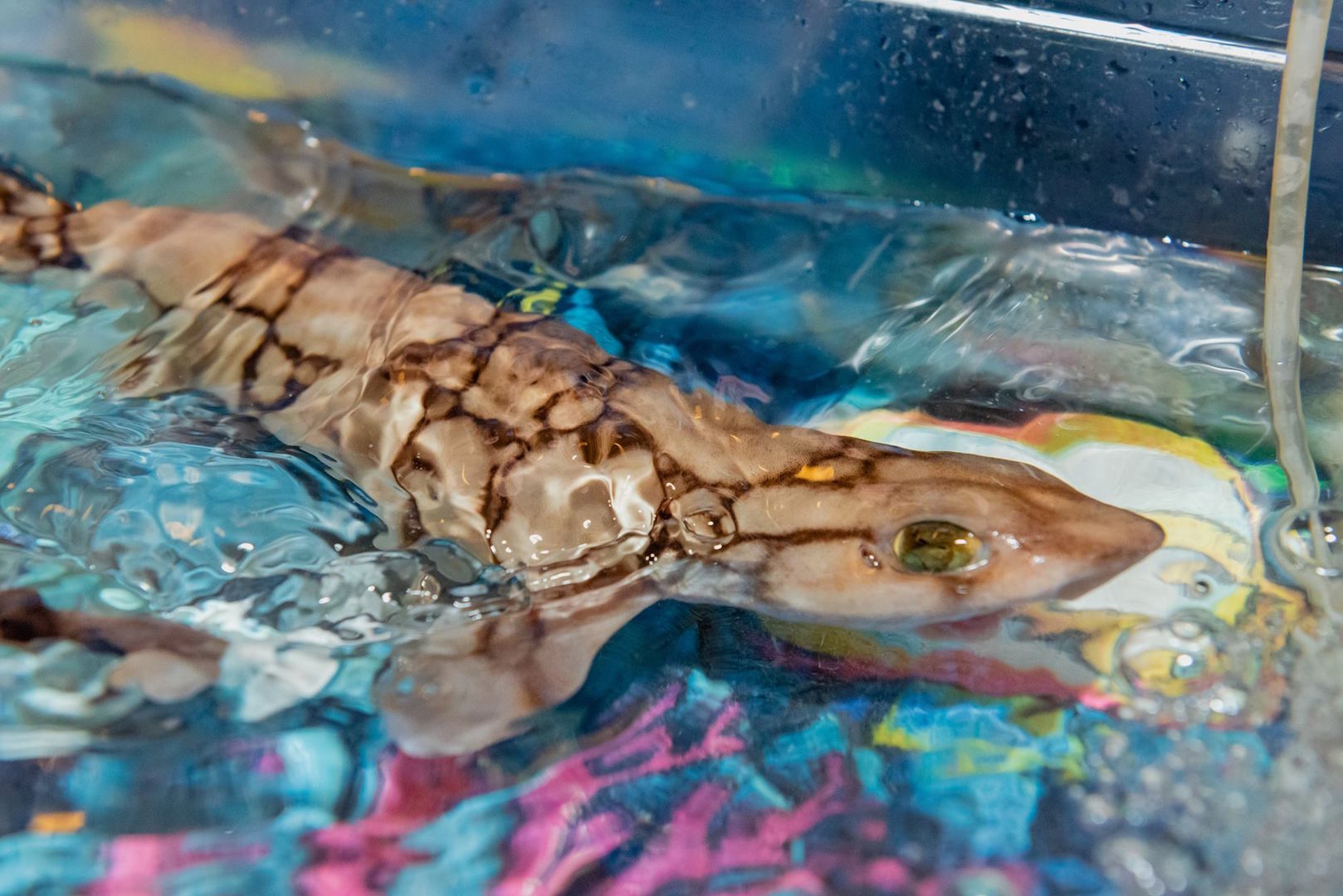
At LSC After Dark: Under the Sea, we were joined by the Center for Aquatic Sciences and one of their special visitors: Buttercup the chain catshark.
Guests learned about Buttercup’s role as a bottom dweller (a fish that feeds near the bottom of the ocean). Visitors also learned that not all sharks are massive, with Buttercup being a little less than 2 feet.
Touching the Horseshoe Crab

The Center for Aquatic Sciences’ second visitor was the horseshoe crab. Guests loved touching the crab, and learning about the incredible things that female horseshoe crabs can do – for example, they can lay 90,000 eggs in one year.
Discovering Ways to Protect the Ocean
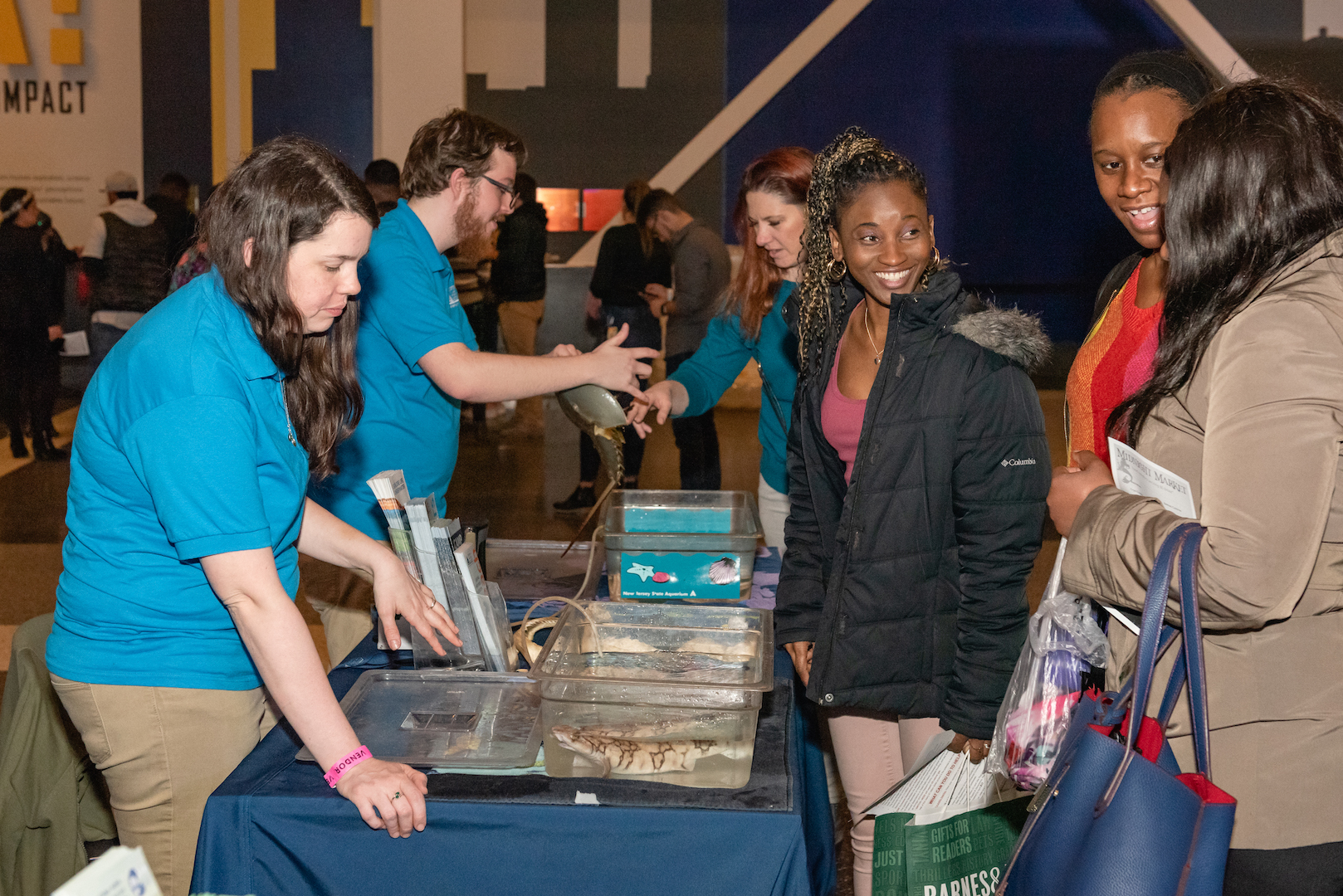
After meeting the chain catshark and horseshoe crab, guests received information from Clean Ocean Action, an organization dedicated to protecting the waters around New Jersey and New York.
Visitors learned about threats to the ocean, such as offshore drilling and plastic pollution, and the group’s initiatives cleaning the shores. In 2017 alone, volunteers from Clean Ocean Action collected 9,052 plastic bags, 31,165 plastic straws, and 21,117 styrofoam pieces.
Dissecting Squids
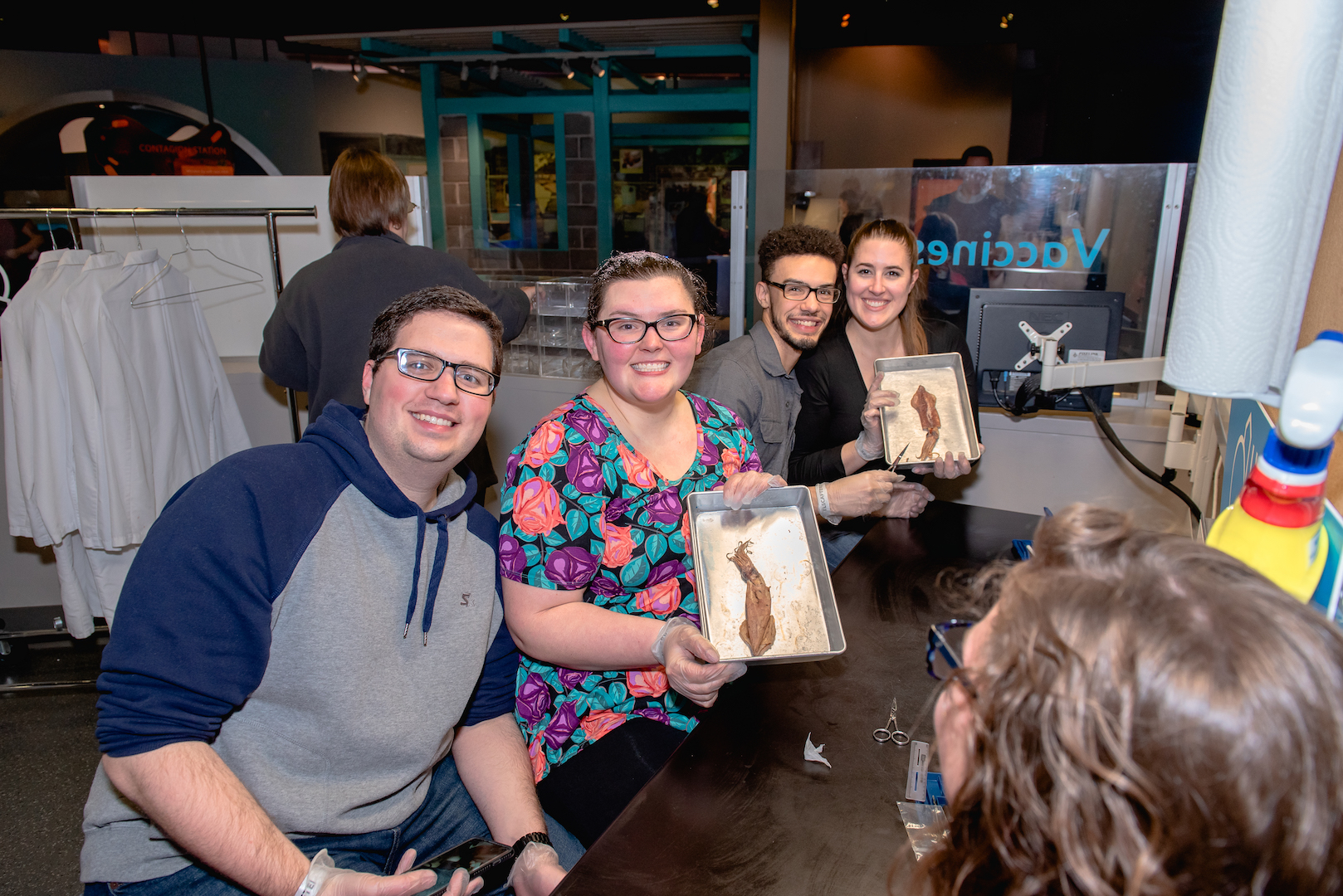
Certainly one of the most unique experiences of the night was when guests dissected squids! We provided visitors with tools such as dissection needles, scalpels, and forceps to peek inside real squids. Participants learned how to identify their beaks, tentacles, arms, and more.
Getting Hands Wet at the Touch Tank
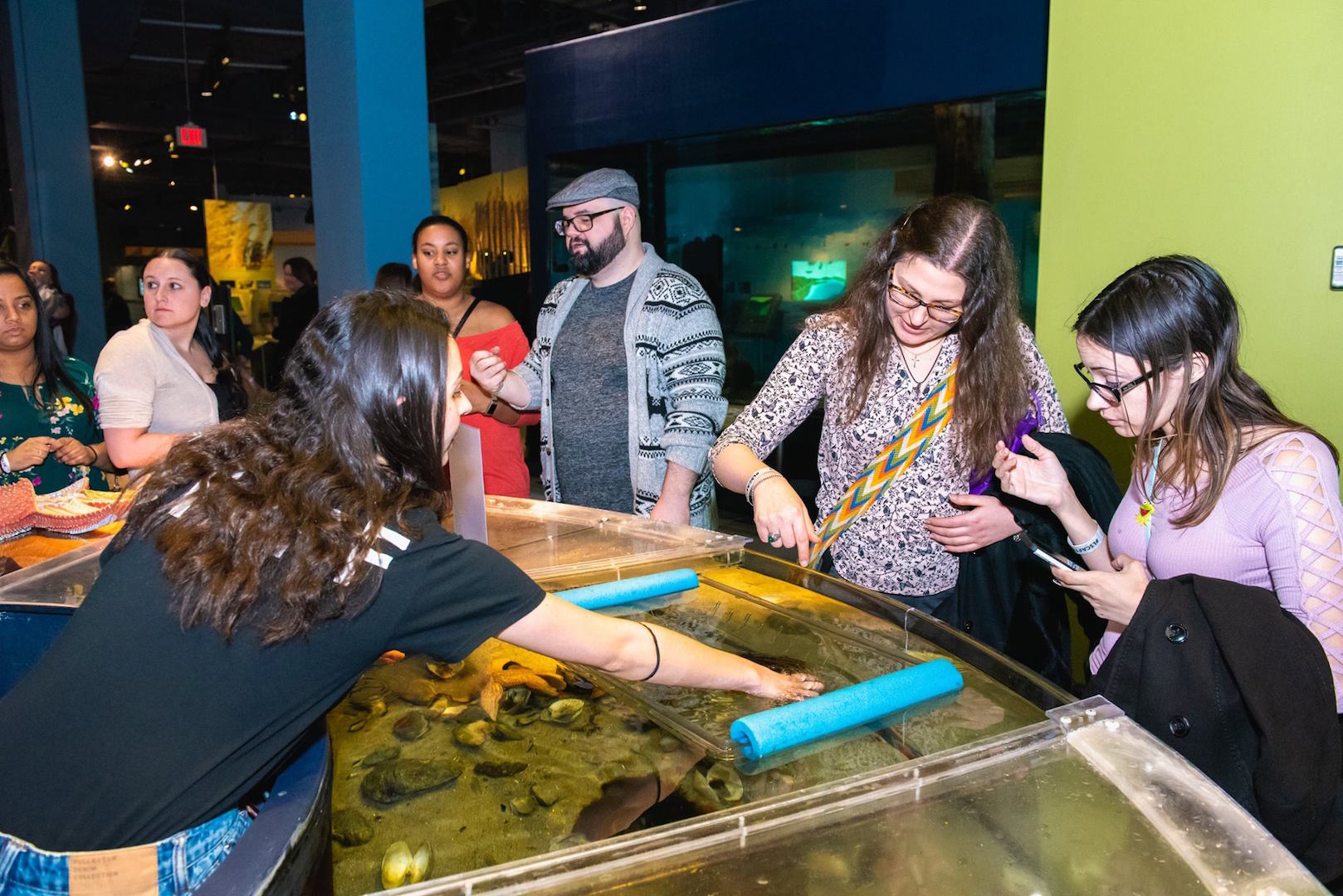
What would an aquatic event be without getting a little wet? Over at the Touch Tank, guests dipped their hands into the water and touched sea urchins, snails, starfish, and more.
Soaring Through Oceans in Space

Guests headed to LSC’s Jennifer Chalsty Planetarium, the biggest planetarium in the Western Hemisphere, to experience our newest show: “Oceans in Space,” all about the search for water beyond our own planet.
Guests traveled to Jupiter’s moon Europa and Saturn’s moon Enceladus, both known to have liquid oceans below their surfaces. They also learned about the search for water on Mars, and how an underwater lake was found on the Red Planet just last year.
Exploring the Ocean in 3D
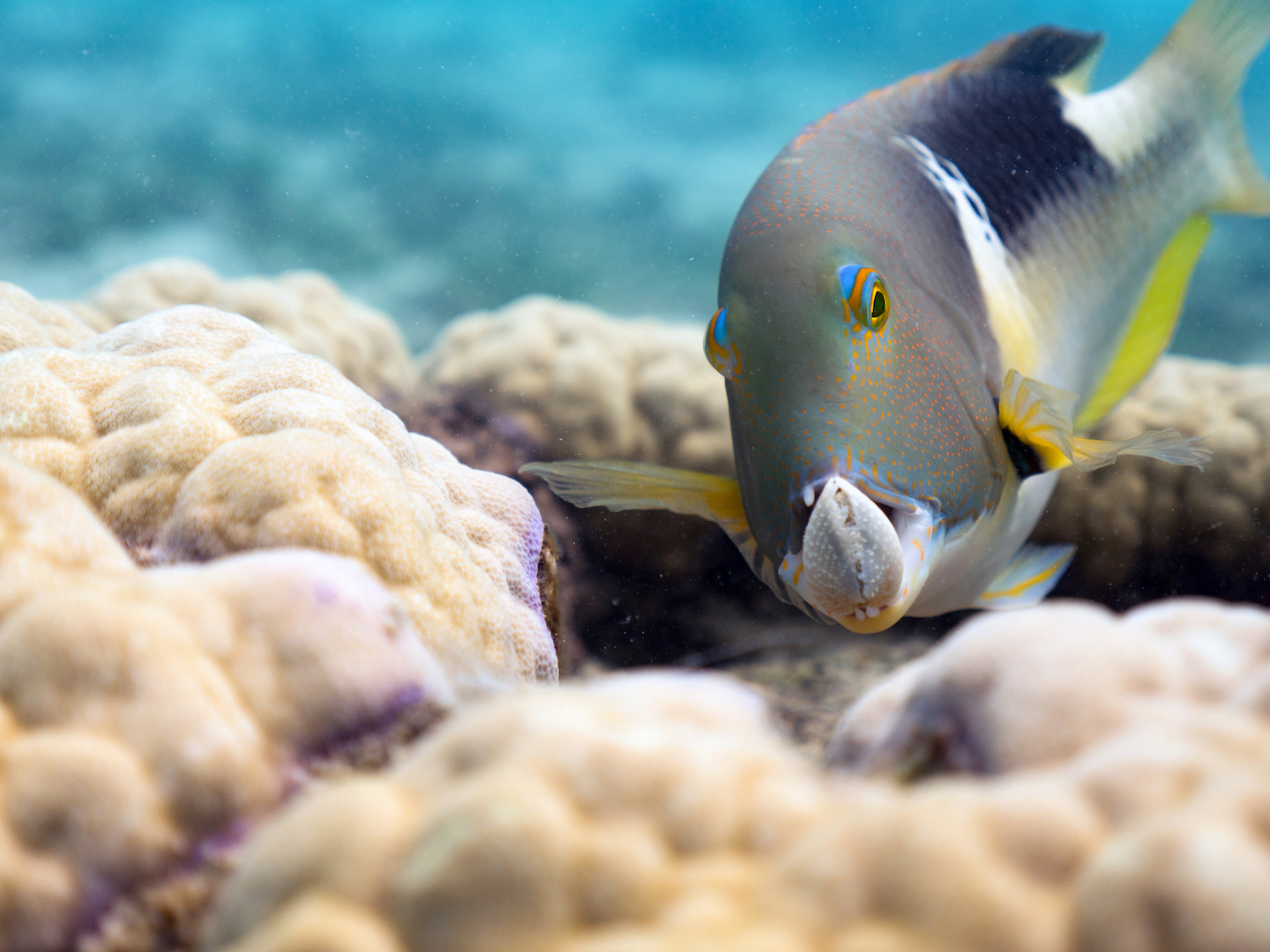
Over in LSC’s Joseph D. Williams 3D Science Theater, viewers experienced our 3D movie, “Oceans: Our Blue Planet,” a film about the innovative tech helping scientists learn about life beneath the waves.
The stunning film highlighted different creatures that inhabit our oceans, such as sea otters (who were once close to extinction), tuskfish (who have the ability to crack open a clam to break its shell, despite not having any thumbs), walruses (who are struggling due to sea ice melting), and more.
Identifying Different Shells
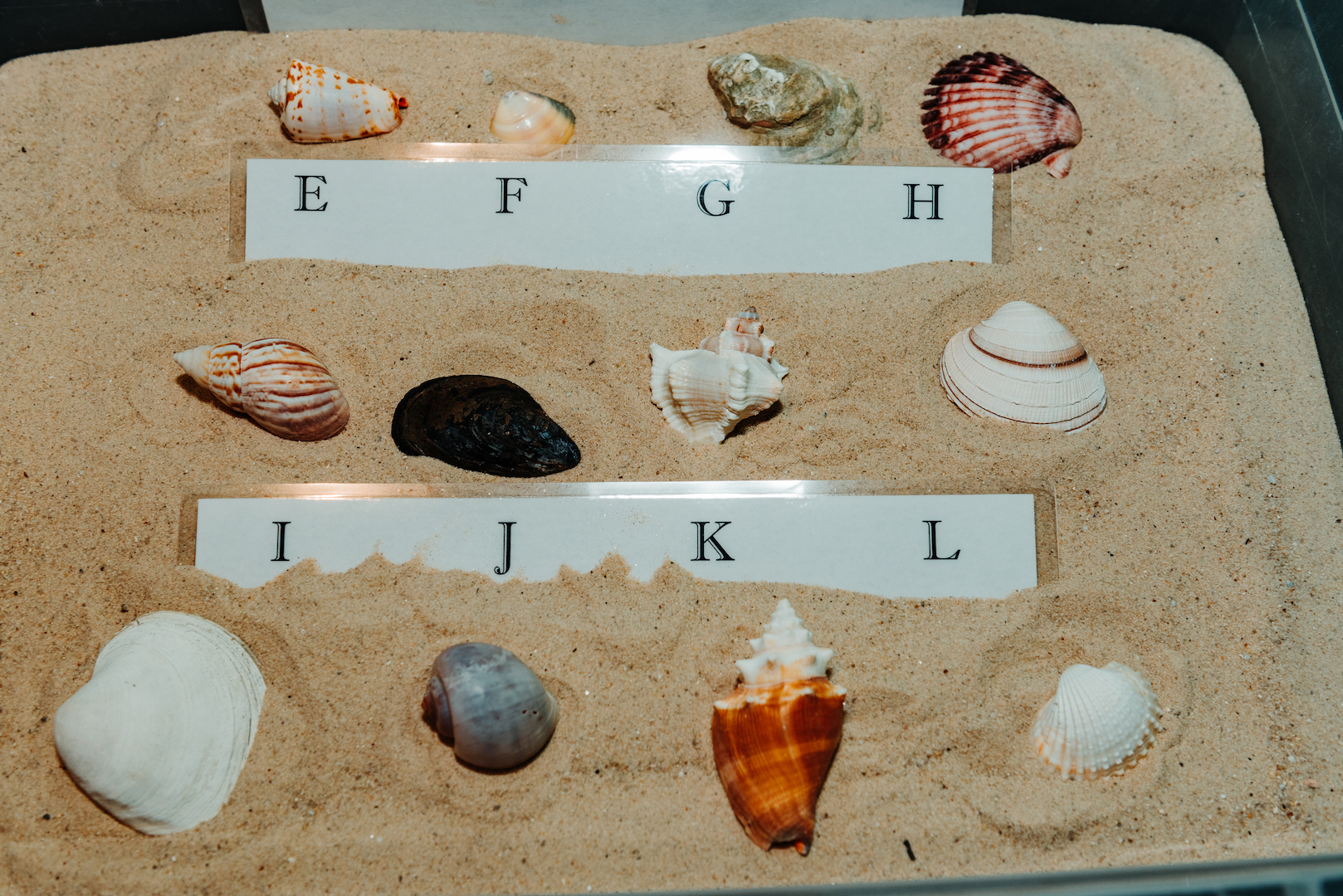
What’s the difference between a snail shell and an oyster shell? Guests participated in a lab where they learned all about different shells, and how to identify which shell belongs to which animal – from the gastropods (snails) to the bivalves (clams, oysters, scallops).
Meeting Temi the Robot
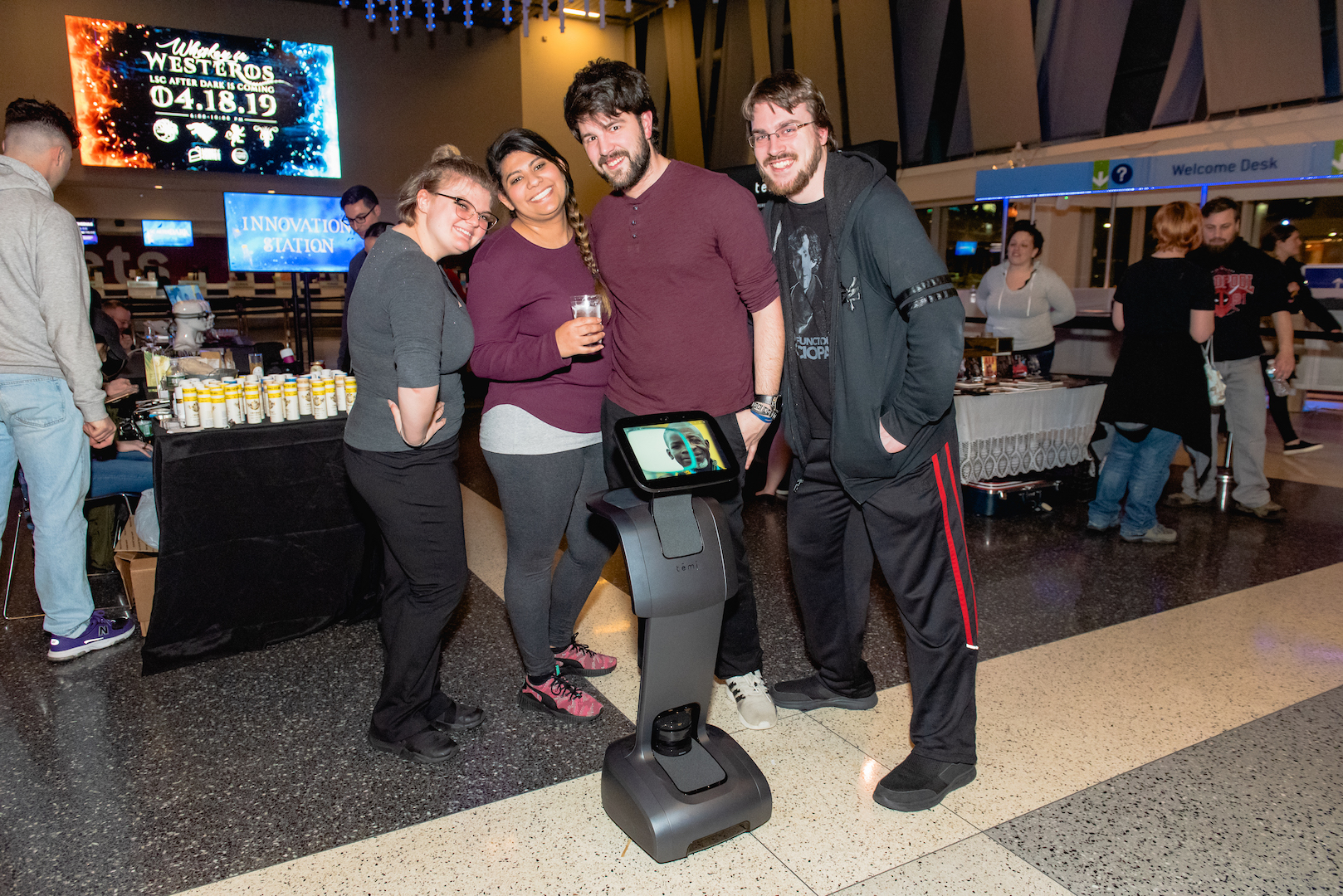
The event wasn’t just about underwater life. At our Innovation Station, we were joined by organizations showing off the latest in must-see tech.
One of those companies was Temi, the world’s first truly intelligent mobile, personal robot for home use. Temi can be used to play music, call an Uber, perform video chats, and so much more.
Experiencing Augmented Reality Glasses
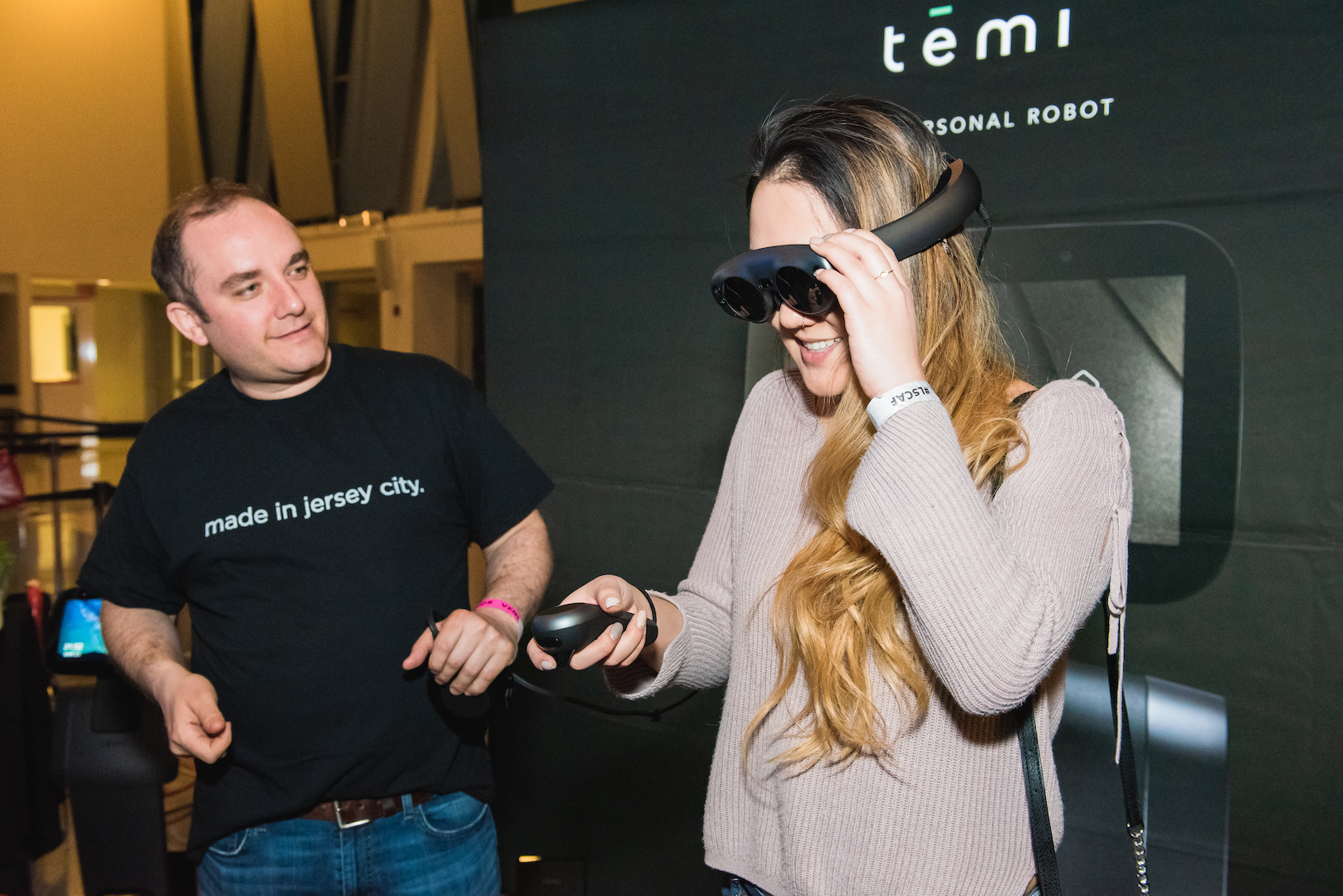
At our Innovation Station, we were also joined by the company Apprentice who brought along their augmented reality (AR) glasses.
Guests tried on the AR glasses – built for pharmaceutical purposes – and learned how they’re used to display instructions for completing tasks. For those in the medical field, these AR glasses provide the wearer with instructions when it comes to learning skills and performing new duties.
Thanks to everyone who came out for LSC After Dark: Under the Sea! Click here to learn more about LSC After Dark, Liberty Science Center’s monthly event for guests 21 and over, held every third Thursday.
